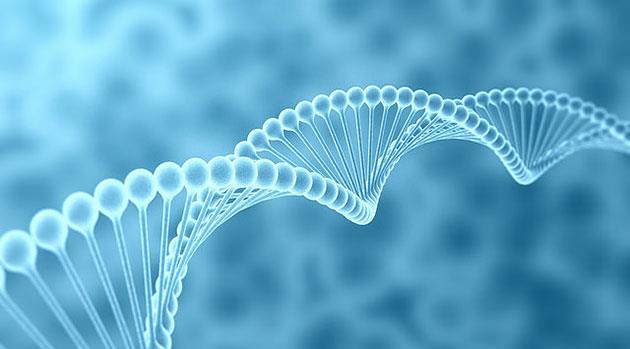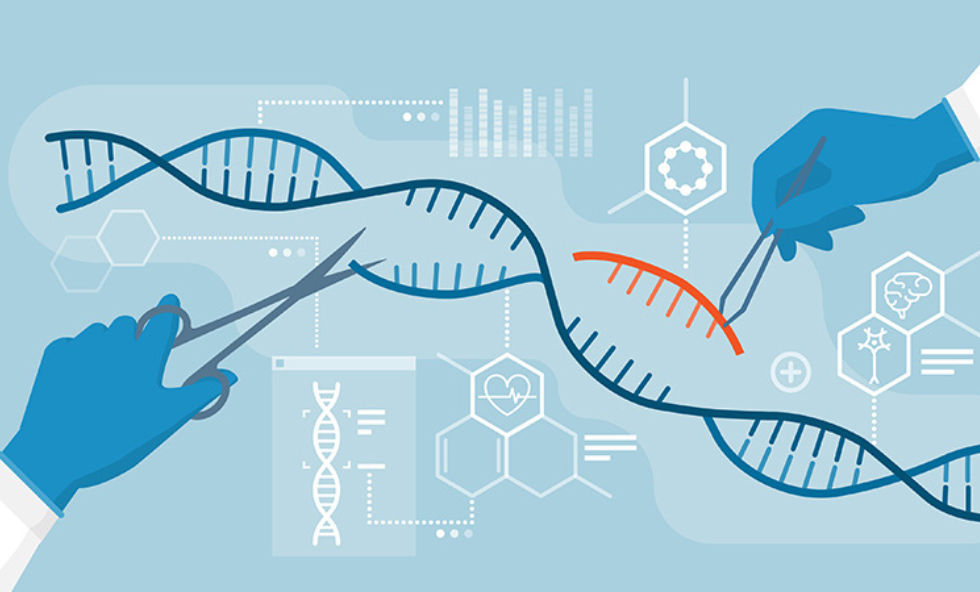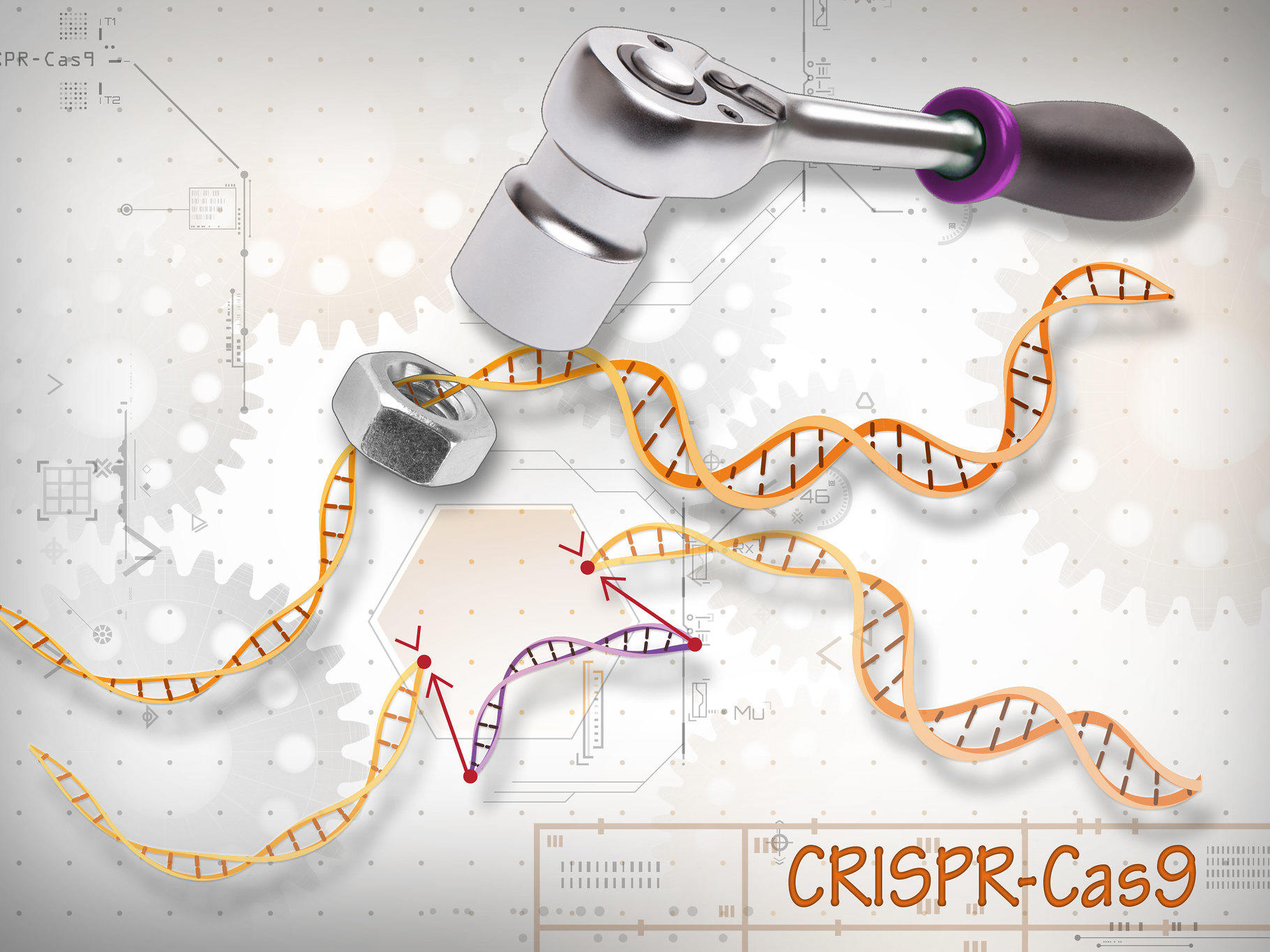In the words of philosopher Friedrich Nietzsche, “God is dead.” While Nietzsche’s proclamation carries profound philosophical implications, it also resonates in the realm of science, particularly in the context of gene editing technologies. As scientists unlock the power to manipulate the very building blocks of life, we face an array of ethical dilemmas and questions. Is gene editing truly necessary, and what is its importance in shaping the future of humanity?
In this article, we explore the multifaceted landscape of gene editing, from its potential to revolutionize medicine to the setbacks and ethical considerations that have emerged in its wake.
Table of Contents
Toggle
- Gene Editing and Human Enhancement
- Unleashing the Power of Gene Editing in Medicine
- Setbacks and Concerns Surrounding Gene Editing
- The Moral Quandaries of Playing God
- The Role of Regulatory Oversight
- What is Gene Editing Technology?
- Key points about gene editing
- Key points about genomes
- What are 6 techniques for gene editing?
- What are the types of gene editing?
- What is the benefit of gene editing technology?
- Ethical Concerns
- Conclusion
Gene Editing and Human Enhancement
Gene editing technologies have made headlines with the promise of enhancing human abilities, leading to questions about the potential creation of “superhumans.” While the concept is captivating, it raises significant ethical concerns about inequality and discrimination. The quest for genetic perfection challenges the very essence of human identity and diversity.
Unleashing the Power of Gene Editing in Medicine
One of the most compelling aspects of gene editing lies in its potential to transform healthcare. This section delves into the remarkable breakthroughs that gene editing technologies have ushered in, from the treatment of genetic diseases to the prospects of precision medicine. We explore real-life applications and the incredible potential for improving human health.
Setbacks and Concerns Surrounding Gene Editing
 source: who
source: who
While gene editing holds immense promise, it is not without its setbacks. Unintended genetic mutations, ethical dilemmas, and long-term safety concerns raise valid questions about the wisdom of manipulating the human genome. This section examines the potential pitfalls and ethical considerations surrounding gene editing.
The Moral Quandaries of Playing God
The power to edit the genome raises profound ethical dilemmas. The ability to modify the genetic makeup of future generations challenges notions of divine will and the sanctity of life. We explore the debates surrounding gene editing, balancing the potential benefits with the moral and religious beliefs that shape our perspectives.
The Role of Regulatory Oversight
Ensuring responsible use and oversight of gene editing technologies is a complex challenge. This section delves into the need for regulations and guidelines to strike a balance between innovation and safety. It highlights the critical role of governments, scientific communities, and international bodies in shaping the responsible use of these powerful tools.
Dear Esteemed Readers, As you engage with our Healthcare Daily articles, we hold a unique commitment to explore even the minutest details of this intricate field. Here, we offer a set of questions and answers, assuring you that we will endeavour to provide knowledge, whether it is already within your awareness or a new discovery. We are dedicated to enriching your understanding.
What is Gene Editing Technology?
Gene editing is a technology that allows scientists to make precise changes to an organism’s DNA (deoxyribonucleic acid), the genetic material that contains the instructions for an organism’s development, functioning, and characteristics. This technology enables researchers to add, delete, or modify specific DNA sequences within an organism’s genome.
Key points about gene editing
Precision
Gene editing techniques are highly precise and can target specific genes or DNA sequences within the genome.
Techniques
There are various gene editing techniques, with CRISPR-Cas9 being one of the most well-known and widely used methods. Other techniques include ZFNs (zinc finger nucleases), TALENs (transcription activator-like effector nucleases), and more recent innovations like base editing and prime editing.
Applications
Gene editing has a wide range of applications, including genetic research, the development of genetically modified organisms (GMOs), disease treatment, and potentially the correction of genetic mutations responsible for hereditary diseases.
 Source: thehealthcare daily
Source: thehealthcare daily
Considerations
The use of gene editing in humans and the potential to alter human genomes raise ethical questions related to safety, consent, and the potential for unintended consequences.
Gene editing holds immense promise for advancing scientific research, addressing genetic diseases, and potentially improving crops and livestock. However, it also brings ethical and regulatory challenges that must be carefully considered and addressed.
A genome is the complete set of an organism’s genetic material, including all of its genes. Genes are the segments of DNA (deoxyribonucleic acid) that carry the instructions for the development, functioning, and characteristics of an organism. Genomes contain the information necessary for the growth, maintenance, and reproduction of living organisms.
Key points about genomes
Genetic Code
Genomes consist of DNA sequences that encode the genetic code, which determines the structure of proteins and the regulation of various biological processes.
Complexity
Genomes vary in complexity and size. They can range from relatively simple in the case of single-celled organisms to highly complex in the case of multicellular organisms like humans.
Genes
Genomes contain genes, which are sequences of DNA that code for specific proteins. Genes play a crucial role in defining an organism’s traits and characteristics.
Non-Coding Regions
In addition to genes, genomes also include non-coding regions of DNA, which serve regulatory functions, control gene expression, and play roles in genome stability.
Genome Sequencing
Advances in biotechnology have made it possible to sequence the entire genomes of various species, including humans. Genome sequencing has provided valuable insights into genetics, evolution, and the understanding of diseases.
What are 6 techniques for gene editing?
The primary technology used for editing the genome is known as “genome editing technology.” There are various methods and tools used for genome editing, with CRISPR-Cas9 being one of the most prominent and widely adopted. Here are some of the key genome editing technologies:
What are the types of gene editing?
CRISPR-Cas9
 source: nationalcancerinstitute
source: nationalcancerinstitute
CRISPR (Clustered Regularly Interspaced Short Palindromic Repeats) and Cas9 (CRISPR-associated protein 9) is a revolutionary genome editing technology. It uses a molecular complex to target and cut specific DNA sequences within the genome, allowing for precise gene editing.
Zinc Finger Nucleases (ZFNs)
ZFNs are synthetic proteins that can be designed to target specific DNA sequences. They consist of a DNA-binding domain (zinc finger) and a nuclease domain. ZFNs can be used for targeted gene editing.
Transcription Activator
Like Effector Nucleases (TALENs) TALENs are similar to ZFNs in that they use a DNA-binding domain to target specific DNA sequences. They have been used for gene editing in various organisms.
Base Editing
Base editing technologies allow for the precise conversion of one DNA base pair into another without causing double-stranded breaks in the DNA. This approach is used to correct specific genetic mutations.
Prime Editing
Prime editing is a relatively new technology that enables the precise modification of DNA sequences without double-stranded breaks. It has the potential to correct a wide range of genetic mutations.
PASTE
PASTE (Programmable Addition via Site-specific Targeting Elements)is a newer technology that allows for the targeted insertion of large DNA sequences into the genome without creating double-stranded breaks.
What is the benefit of gene editing technology?
These genome editing technologies offer varying levels of precision, efficiency, and ease of use, making them valuable tools for scientific research, biotechnology, and potential medical applications. Each technology has its unique advantages and limitations, and the choice of method depends on the specific goals of the genome editing experiment or application.
 source: technologynetworks
source: technologynetworks
Gene editing has the potential to play a crucial and beneficial role in enhancing the human race and the field of medicine in various ways:
Treatment of Genetic Diseases
Gene editing can be used to correct or mitigate the genetic mutations responsible for various hereditary diseases. This includes conditions like sickle cell anaemia, cystic fibrosis, and muscular dystrophy. By repairing or replacing faulty genes, gene editing can offer the possibility of long-lasting treatments or even cures for these diseases.
Precision Medicine
Gene editing can enable personalized medical treatments. By tailoring therapies to an individual’s genetic makeup, medical interventions can be more effective with fewer side effects. This approach is particularly promising for cancer treatment, where targeted gene editing can focus on cancer-specific mutations.
Disease Resistance
Gene editing can enhance the human race by providing resistance to infectious diseases. For example, it could be used to modify the DNA of immune cells to make individuals more resistant to viruses like HIV.
Regenerative Medicine
Gene editing can be used to develop regenerative therapies, where damaged or ageing tissues can be repaired or rejuvenated. This has the potential to extend human lifespan and improve the quality of life for the elderly.
Synthetic Biology
In addition to treating diseases, gene editing can enhance the human race by enabling the creation of synthetic biological systems. This could include designing microorganisms to produce biofuels, biodegradable materials, or specific pharmaceuticals.
Reducing Genetic Disorders
By using gene editing to reduce the incidence of genetic disorders in future generations, we can improve the overall genetic health of the human population.
Ethical Considerations
While gene editing holds great promise, it also raises ethical concerns. It is important to use these technologies responsibly and consider the moral and social implications of altering the human genome. Regulations and ethical guidelines must be established to ensure the safe and ethical use of gene editing.
Setbacks of Genome Editing
The ethical and moral questions surrounding gene editing have indeed raised concerns about whether it constitutes “playing with nature” or “playing God.” These concerns are rooted in the profound and far-reaching implications of genetic manipulation and the potential to alter the fundamental building blocks of life. Here are some key points to consider:
Ethical Dilemmas
Gene editing, particularly when applied to human germline cells (sperm and egg cells or embryos), raises ethical dilemmas. It involves making decisions about the genetic makeup of future generations, which some argue should be a matter of nature or divine will rather than human intervention.
Hubris
Critics argue that gene editing can be seen as an expression of human hubris, where individuals or societies take on the role of “playing God” by making decisions about who should exist, what traits are desirable, and what is considered “normal.”
Unintended Consequences
 source: thoughco
source: thoughco
There are concerns about unintended consequences of gene editing, as we may not fully understand the complexity of the human genome and the potential long-term effects of genetic alterations. This has led to calls for caution and restraint in gene editing.
Moral and Religious Beliefs
For many, the moral and religious beliefs they hold shape their perspectives on gene editing. Some religious traditions have clear stances on the sanctity of human life and the moral responsibility of humans to preserve the natural order.
Ethical Guidelines
In response to these concerns, many countries and scientific organizations have established ethical guidelines and regulations governing the use of gene editing technologies. These guidelines are designed to ensure responsible and ethical use.
Balancing Benefits and Risks
The debate surrounding gene editing centres on striking a balance between the potential benefits of treating and preventing genetic diseases and the moral and ethical principles that guide human behaviour.
It’s essential to recognize that the discussion on gene editing and playing God is multifaceted and involves a wide range of perspectives. Ultimately, the responsible and ethical use of gene editing technologies involves a careful consideration of the potential benefits and risks while respecting the moral and religious beliefs of individuals and society as a whole.
Ethical Concerns
Gene editing technology, while holding great promise, also has several potential setbacks and ethical concerns in the context of human life. Here are some of the setbacks and considerations:
Off-Target Effects
One of the primary concerns with gene editing is the possibility of unintended changes to the genome. Off-target effects can result in genetic mutations that may lead to unforeseen health consequences, including the development of diseases.
Ethical Concerns
The potential to create “designer babies” or “superhumans” raises significant ethical questions. Genetic enhancements, if not carefully regulated, could lead to inequality and discrimination, as well as challenges to the concept of human identity and diversity.
Long-Term Safety
The long-term effects of gene editing are not fully understood. Altering the human genome can have consequences that may only become apparent over generations, making it difficult to predict the overall safety of such interventions.
Access and Equity
 source: cbc
source: cbc
If gene editing technologies are only available to a select few due to cost or access restrictions, it could exacerbate existing disparities in healthcare and create a divide between those who can afford genetic enhancements and those who cannot.
Unintended Consequences
Even with the best intentions, gene editing could have unforeseen consequences on ecosystems and human populations. Changing one aspect of the genome might have ripple effects on other genes and biological systems.
Regulatory and Oversight Challenges
Ensuring responsible use and oversight of gene editing technologies is a complex challenge. Regulating these technologies to strike a balance between innovation and safety is an ongoing issue.
Unknown Effects on Human Evolution
Gene editing has the potential to affect the course of human evolution. While this could be seen as a benefit in some cases (e.g., eliminating hereditary diseases), it also raises concerns about unforeseen consequences.
Cultural and Societal Concerns
Gene editing touches on deeply rooted cultural, societal, and religious beliefs about the sanctity of life and human nature. Balancing these perspectives with technological advancements is a significant challenge.
Conclusion
While gene editing technology has the potential to bring about significant benefits in healthcare and other fields, it also comes with numerous ethical, safety, and societal concerns. The notion of creating “superhumans” is complex and raises important questions about the ethical limits of genetic modification.
Balancing the potential benefits and the associated risks is a critical consideration in the responsible development and use of gene editing technology in the context of human life. As we stand at the crossroads of a genetic revolution, the importance of gene editing in shaping the future of humanity cannot be overstated. The power to heal, enhance, and potentially redefine human life is at our fingertips. However, this power also comes with significant ethical and societal responsibilities.
The path forward must carefully navigate the ethical and safety considerations while maximizing the benefits that gene editing offers. As we grapple with the complex questions of whether we are “playing God,” one thing is clear: the future of gene editing is deeply entwined with the future of our species, and our choices today will reverberate for generations to come.





